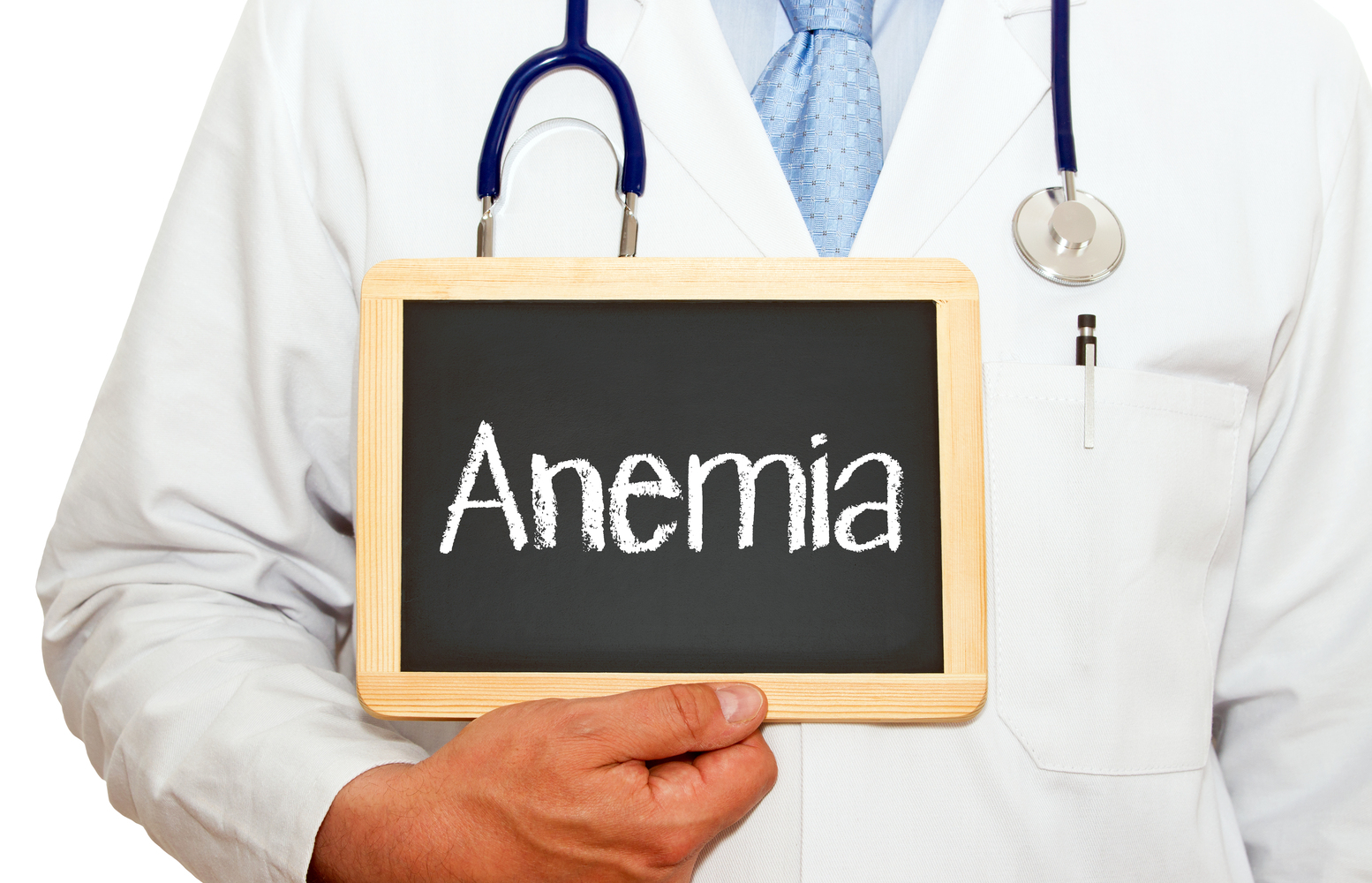Common Types of Anemia

Anemia is a condition in which the number of red blood cells or hemoglobin (the protein that carries oxygen) in the body is lower than expected. Bodies with inadequate healthy red blood cells are unable to carry adequate oxygen to the body’s tissues, causing a myriad of health issues. There are many types of anemia, however, iron deficiency anemia is the most common type, accounting for up to 80% of cases worldwide. This post discusses some common types of anemias and how to treat them:
1. Iron deficiency anemia
Iron is a vital component of proteins involved in the transportation and storage of oxygen throughout the body. When you don’t have enough iron, red blood cells cannot transport enough vital oxygen to your tissues, leading to symptoms of fatigue, pale skin, muscle weakness, shortness of breath, and rapid heart rate. Iron deficiency anemia usually occurs due to poor diet or intestinal bleeding (i.e., peptic ulcer, colon polyps, blood loss due to injury, etc.). Iron-deficiency anemia is usually treated with iron supplements or dietary changes, which include adding more iron to your diet. Foods high in iron include red meat, beans and lentils, fish (tuna and salmon), poultry (chicken and turkey), and dark leafy green vegetables such as spinach and Swiss chard.
2. Vitamin deficiency anemia
Vitamins B12 and folate are also crucial in the production of red blood cells. Folate is involved in the development of DNA, which helps produce new red blood cells, while vitamin B12 aids with their maturation process. A deficiency of either vitamin B12 or folate can lead to anemia over time, causing symptoms such as fatigue, pale skin, weakness, shortness of breath and accelerated heart rate. Vitamin deficiency anemia is usually treated by increasing the intake of foods rich in vitamin B12 and folate (i.e., red meat, poultry, shellfish, animal milk, green vegetables, fortified breakfast cereals). Alternatively, supplements may be prescribed to treat these deficiencies. Vegetarians and vegans are more likely to develop a vitamin B12 deficiency due to a lack of this vitamin in their diets, so they must be especially vigilant about their intake of both B12 and folate.
3. Aplastic anemia
Aplastic anemia occurs when the bone marrow, which produces new blood cells, is damaged and stops producing adequate red blood cells. Causes of aplastic anemia include exposure to radiation or other chemicals, autoimmune disorders like rheumatoid arthritis, medications such as chemotherapy drugs, and some viral infections. Like other anemia types, symptoms of aplastic anemia include fatigue, pale skin, rapid heart rate, and muscle weakness. Treatment depends on the exact cause, but may involve blood transfusions, prescription corticosteroids (i.e., prednisone), and immunosuppressive medications such as those used to treat rheumatoid arthritis. Bone marrow transplants may also be used to treat aplastic anemia.
4. Bone marrow associated anemias
Cancers that spread to the bone marrow most often cause this type of anemia, leading to telltale pale skin, increased heart rate, chronic fatigue, and pale skin. Treatment for bone marrow associated anemias depends upon the existing cancer, but may involve chemotherapy drugs used alone or combined with other medications, blood transfusions, and even stem cell transplants.
5. Hemolytic anemias
Hemolytic anemia occurs when the red blood cells are destroyed or broken down too quickly. Conditions that contribute to the development of hemolytic anemia include inherited blood disorders including thalassemia, autoimmune diseases, sickle cell disease, bone marrow failure, and chronic infections (i.e., hepatitis and malaria). Long term use of certain medications (i.e., Cephalosporin antibiotics) or negative side effects from blood transfusions may also lead to hemolytic anemia.
6. Sickle cell anemia
Sickle cell anemia is a genetic blood disorder that affects healthy red blood cell count. Sickle cell disease is a mutation of the beta-globin (HBB) gene that is responsible for carrying healthy oxygen to the red blood cells. The mutated protein is called hemoglobin S. Chronic fatigue, pain and muscle weakness are telltale symptoms, but frequent infections are also common due to the decrease in healthy immune fighting cells present, making it easier for pathogens to invade the body. The condition can be life-threatening if left untreated as episodes of pain may occur, restricting blood flow to the organs. Treatment for sickle cell anemia may include medications used to treat severe pain (i.e., opioids or non-steroidal anti-inflammatory drugs (NSAIDs)). Hydroxyurea is also commonly prescribed as it has been shown to decrease the number of sickle cell crises in some patients. Blood transfusions and bone marrow transplants may also be used to treat the condition.



